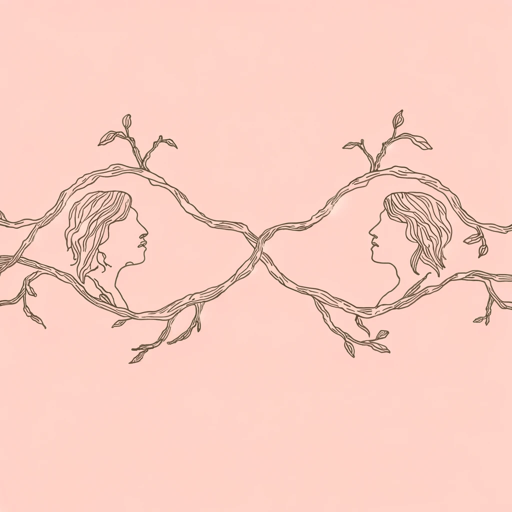63 pages • 2 hours read
Christina RossettiGoblin Market
Fiction | Poem | Adult | Published in 1862A modern alternative to SparkNotes and CliffsNotes, SuperSummary offers high-quality Study Guides with detailed chapter summaries and analysis of major themes, characters, and more. For select classroom titles, we also provide Teaching Guides with discussion and quiz questions to prompt student engagement.
Background
Cultural Context: Fairy Folklore
The fairy and elf archetypes have existed across Europe under many different names: Fae/Fey, the Fair Folk, Anjana, Sìdh(e), Aos Sí, Huldufólk, and Tylwyth Teg.
Regardless of the name, fairies and other myths frequently made their way into the works of English Victorian-era poets. As England became more industrial and urban, writers took stories and figures from the past to explore worries over their day’s social issues. These issues included women’s rights, labor conditions, morality, and sexuality.
Fairies and elves played a foundational part in Irish, English, Scottish, and Welsh folklore—Rossetti and her readers were very acquainted with the tropes of fairy lore. Rossetti used the familiar fairy story structure to symbolize and discuss desire, exploitation, and mortality. Rossetti even uses the specific name goblin, a type of pan-British fair folk known for its cruel mischief-making (Chainey, Dee Dee. “Little People of the Land.” A Treasury of British Folklore, National Trust Books, London, 2018, p. 82).
Rossetti’s “Goblin Market” has many Northern European fairy lore hallmarks. At their core, these stories are about people’s supernatural encounters inevitably changing or separating them from other humans. In a classic Irish myth, the mortal Oisín travels to the metaphysical Otherworld to marry the divine Niamh.
Featured Collections
Allegories of Modern Life
View Collection
Appearance Versus Reality
View Collection
Beauty
View Collection
Brothers & Sisters
View Collection
Challenging Authority
View Collection
Community
View Collection
Earth Day
View Collection
Education
View Collection
Good & Evil
View Collection
Nature Versus Nurture
View Collection
Power
View Collection
Safety & Danger
View Collection
Short Poems
View Collection
Trust & Doubt
View Collection
Truth & Lies
View Collection


